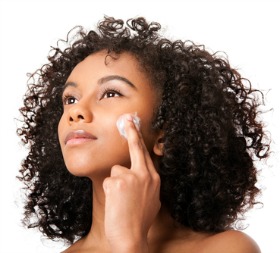
2014-06-01 00:28:32
Forty-somethings Drive the Brazilian Anti-aging Market
2014-06-01 00:28:32
By Iris Ramirez, beauty and personal care analyst at Mintel.
|
|
The anti-aging segment is very important for the overall revenue in the facial skincare category in Brazil, being responsible for 59% of value sales in 2012, according to Mintel GMN.
However, Mintel’s Facial Skincare Brazil report reveals that despite the high price point of anti-aging products driving the segment’s share of the category, the penetration of anti-aging products is still relatively low in the country, with only 15% of the Brazilian consumers using these products.
|
|
Indeed, this low usage is likely to be explained by the results of Mintel’s research detailed in Healthy Lifestyles—Brazil, January 2013, which found that 53% of adults say they like living in the present and do not worry about the future, regardless of their age.
However, the low penetration of anti-aging products is driven by men, only 7% of whom use anti-aging products, compared to 23% of women.
Unsurprisingly, older women are the core users of anti-aging facial care: 39% of women aged 45+ use anti-aging facial skincare in contrast with just 16% of those younger than 45. Brands can recruit these younger women to the anti-aging sector by referring to the early signs of aging that can set in from the age of 30 and their ability to help delay the onset of their first lines and wrinkles.
By focusing on anti-aging communication, facial skincare brands can also lift the overall usage of facial skincare product by women aged 45+. These women are currently less likely to use facial skincare products than 16-24 year olds (70% versus 84%), so by incorporating anti-aging benefits into other skincare items such as cleansers, brands can drive up usage and frequency of use.
However, it is important to avoid treating all women aged 45+. It is notable that penetration of anti-aging products peaks at 41% among women aged 45-54, and brands will need to address the specific needs of these older working women to keep them in the market and attract new users to their products. The provision of extra caring, smoothing and firming properties can attract women aged 55+ and drive up penetration in this age range, too.
LinkedIn






